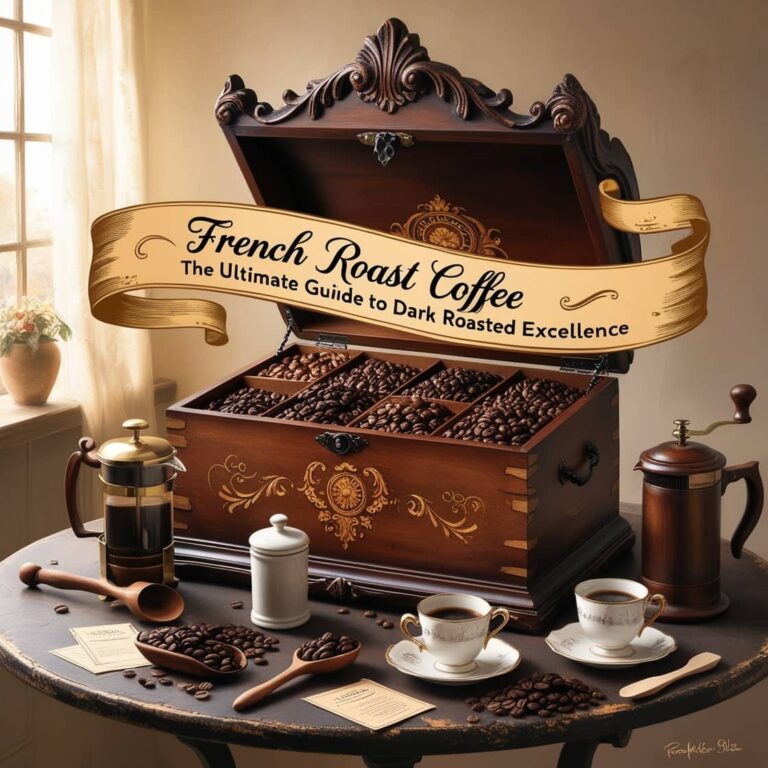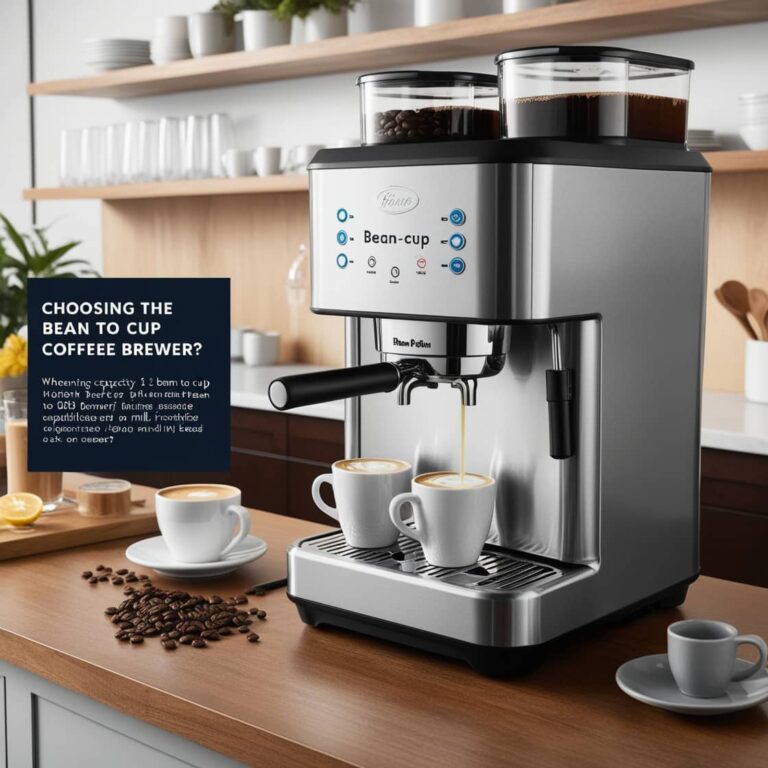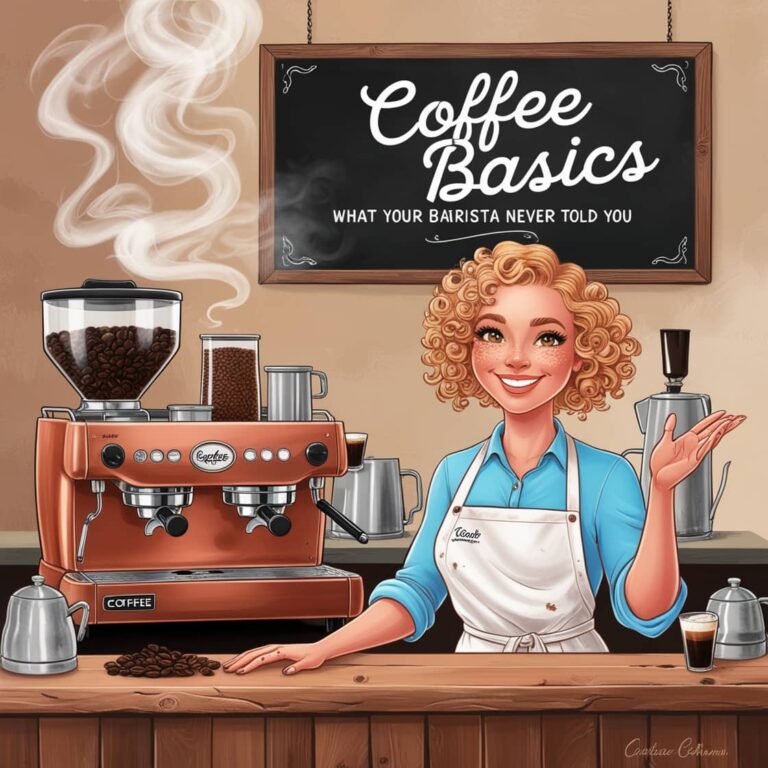4 Essential Types of Coffee Roasts Incredible Secrets to Perfect Coffee Flavor
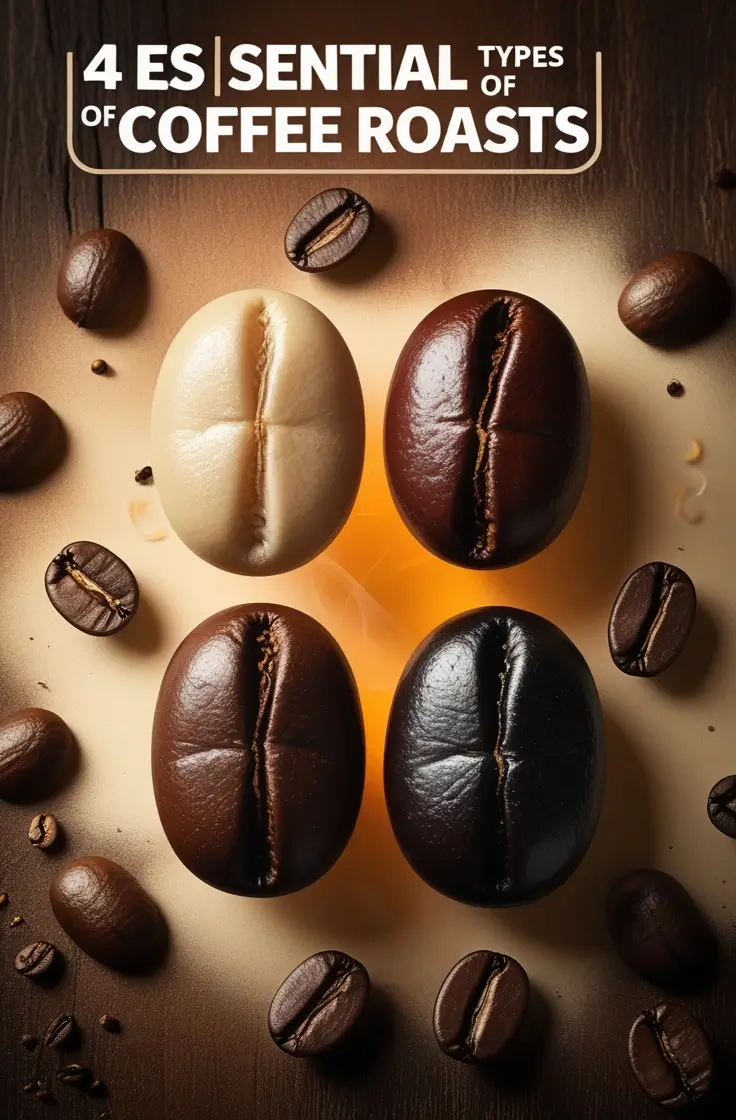
As a coffee expert with over a decade of experience in roasting and brewing, I’m thrilled to guide you through the fascinating world of coffee roasts. Understanding the Types of Coffee Roasts is crucial for any coffee enthusiast looking to elevate their brewing experience. From the bright, acidic notes of light roasts to the bold, smoky flavors of dark roasts, each level brings unique characteristics to your cup.
The Science Behind Coffee Roasting
Before diving into specific roast levels, it’s essential to understand what happens during the roasting process. Green coffee beans transform through various chemical reactions, including the Maillard reaction and caramelization. These processes dramatically affect the bean’s color, flavor profile, aroma, and caffeine content.
Key roasting transformations include:
– Moisture evaporation from the beans
– Color changes from green to yellow, then brown
– Development of complex flavor compounds
– Physical changes in bean size and density
– Alterations in acidity and sweetness levels
1. Light Roast Coffee: Bright and Complex
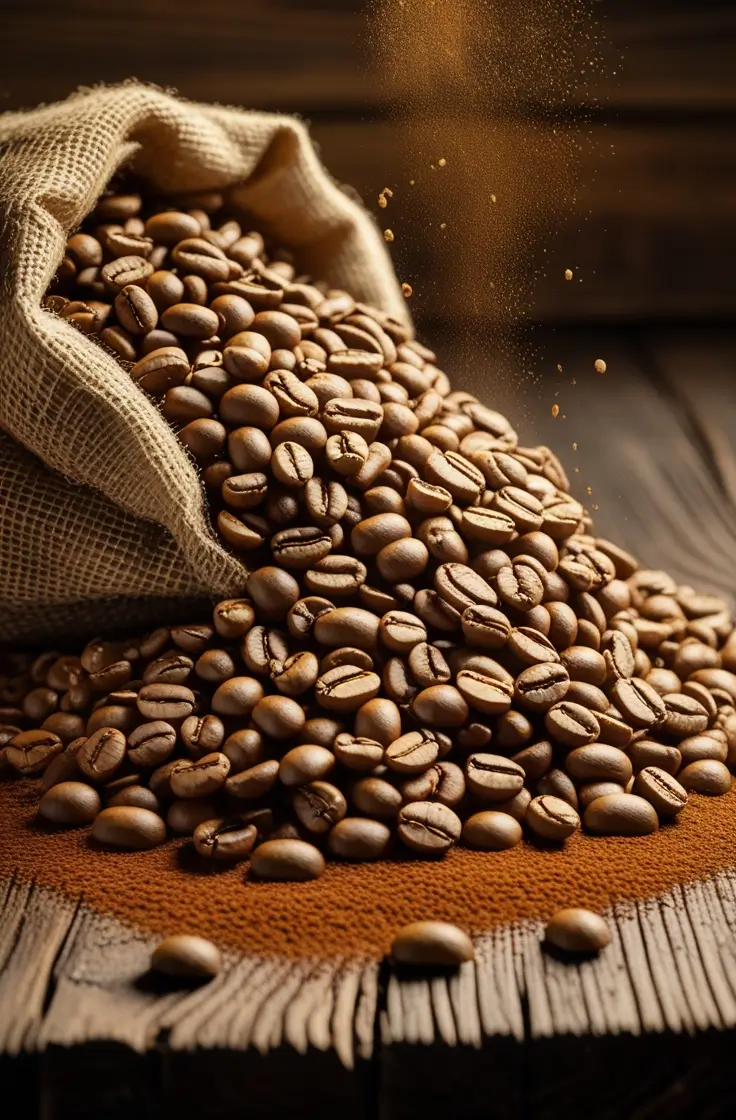
Every bean tells a story of perfect roasting craftsmanship, bringing out those bright, vibrant flavors we love 🌟 Carefully selected and roasted to preserve delicate flavor notes 💫 Perfect for your morning brew ☕️
Light roast coffee represents the beginning of the roasting spectrum, where the bean’s natural characteristics shine brightest. These beans are roasted until they reach an internal temperature of approximately 356-401°F (180-205°C), just before the first crack occurs. The result is a complex cup that highlights the bean’s original flavor characteristics.
Light roast characteristics:
– Color: Light brown with no oil on the surface
– Bean density: Denser than darker roasts
– Flavor profile: Bright, acidic, with pronounced origin flavors
– Aroma: Grainy, toasted bread-like
– Caffeine content: Slightly higher than darker roasts
– Best brewing methods: Pour-over, Chemex, or AeroPress
Regional notes that excel in light roasts:
– Ethiopian beans: Floral and fruity notes
– Kenyan beans: Wine-like acidity and berry flavors
– Colombian beans: Caramel sweetness with citrus undertones
2. Medium Roast Coffee: Balanced and Smooth
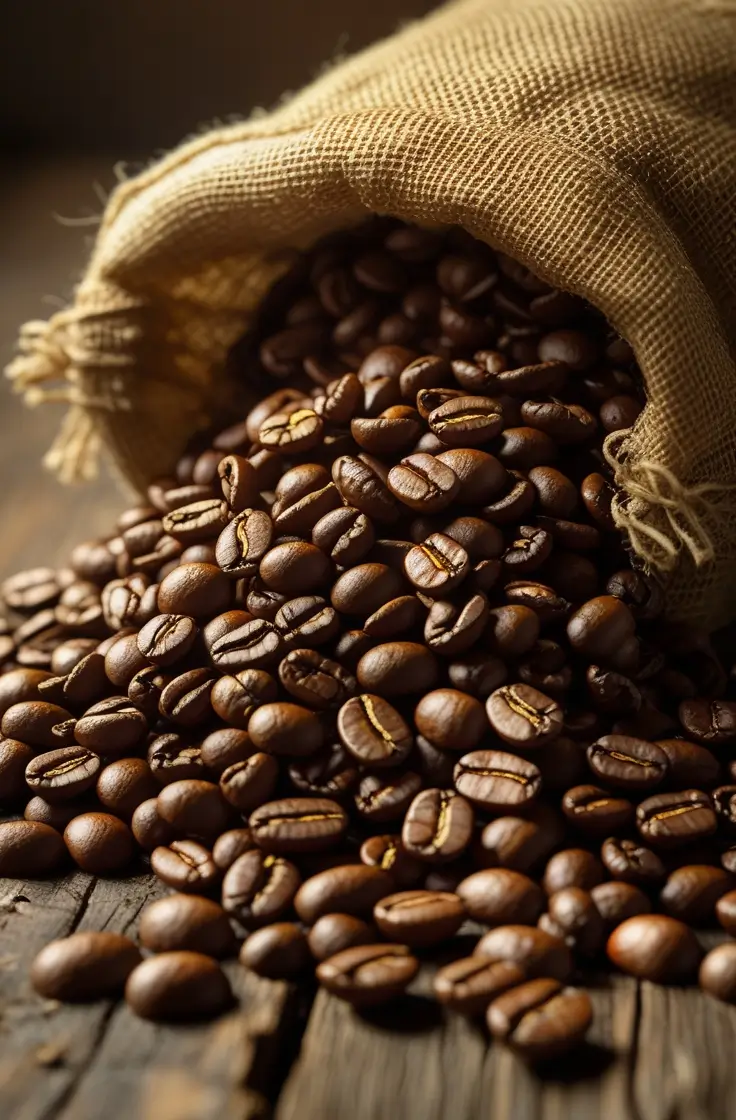
Medium roasts achieve the perfect balance between origin flavors and roasting characteristics. These beans are roasted until reaching 410-428°F (210-220°C), typically during or after the first crack. This roast level is incredibly popular in the United States and is often called the “American roast.”
Medium roast profile:
– Color: Medium brown with no oil surface
– Body: Well-rounded, balanced
– Flavor profile: Sweet caramel notes with balanced acidity
– Aroma: Fuller body with roasted notes
– Caffeine content: Moderate
– Best brewing methods: Drip coffee makers, French press
Popular medium roast varieties:
– House blends
– Breakfast blends
– Colombian roasts
– Guatemala Antigua
– Costa Rican beans
3. Medium-Dark Roast Coffee: Rich and Full-Bodied
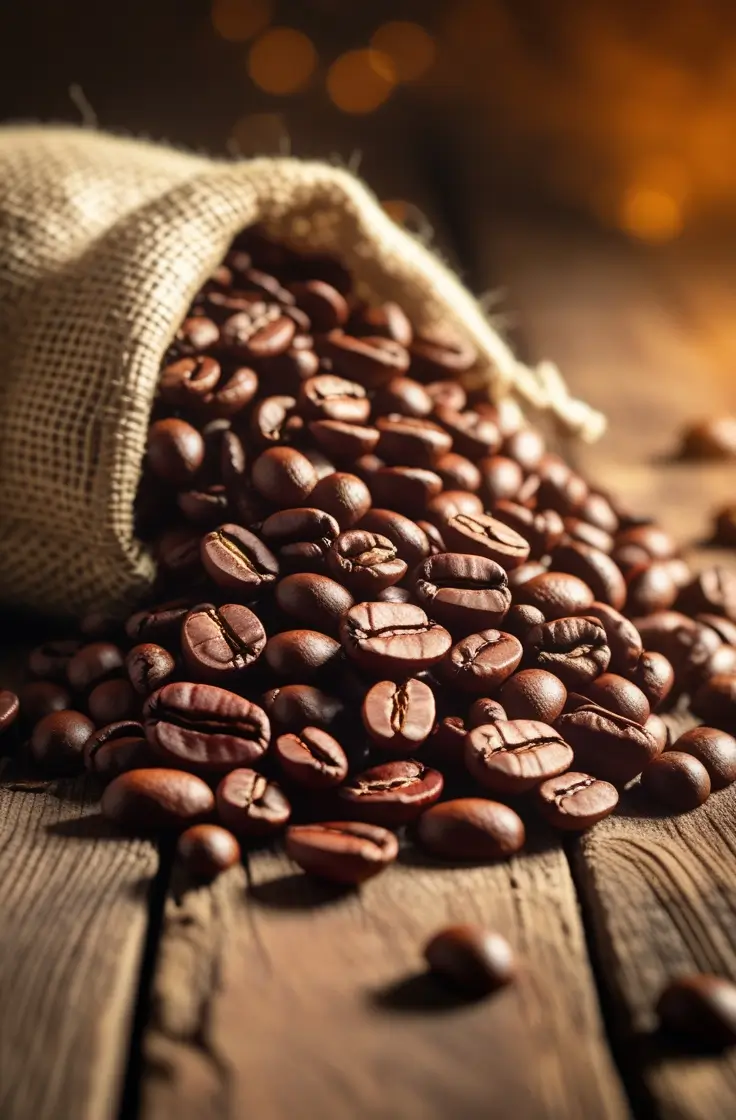
Medium-dark roasts bring us into more intense territory, where the roasting characteristics begin to dominate the bean’s original flavors. These beans reach temperatures between 437-446°F (225-230°C), approaching the second crack. The result is a richer, more complex cup with some oil beginning to show on the surface.
Medium-dark roast characteristics:
– Color: Rich brown with some oil on the surface
– Body: Full, pronounced
– Flavor profile: Bittersweet chocolate notes with spicy undertones
– Aroma: Roasted with caramel undertones
– Caffeine content: Slightly lower than medium roasts
– Best brewing methods: Espresso, Moka pot
Ideal beans for medium-dark roasts:
– Brazilian Santos
– Indonesian Sumatra
– Indian Malabar
– Vietnamese Robusta blends
4. Dark Roast Coffee: Bold and Intense
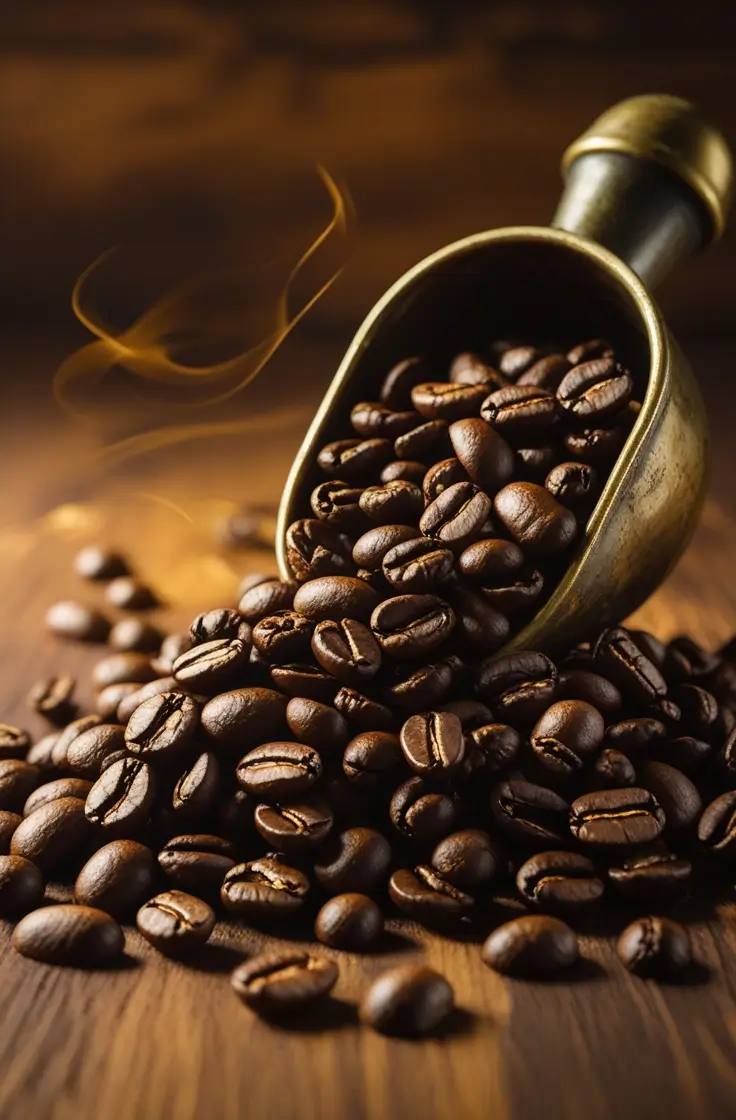
Behold the hallmarks of perfect dark roasting:
Dark roasts represent the final stage of the roasting process, where beans are taken to temperatures of 464-482°F (240-250°C), well into the second crack. These roasts are characterized by their bold, smoky flavors and shiny, oily surface.
Dark roast attributes:
– Color: Dark brown to almost black with an oily surface
– Body: Heavy, full
– Flavor profile: Bold, smoky, with pronounced bitterness
– Aroma: Intense, sometimes smoky
– Caffeine content: Lower than lighter roasts
– Best brewing methods: Espresso, cold brew
Popular dark roast styles:
– Italian roast
– French roast
– Spanish roast
– Continental roast
Coffee Roast Differences: A Comprehensive Comparison
Understanding the difference between coffee roasts is crucial for selecting the perfect bean for your brewing method and taste preferences. Here’s a detailed comparison of key characteristics across roast levels:
Flavor Development
– Light Roasts: Maintain original bean flavors
– Medium Roasts: Balance between origin and roast flavors
– Medium-Dark Roasts: Roast flavors become more prominent
– Dark Roasts: Dominated by roasting characteristics
Acidity Levels
– Light Roasts: Highest acidity
– Medium Roasts: Moderate acidity
– Medium-Dark Roasts: Low acidity
– Dark Roasts: Lowest acidity
Body and Mouthfeel
– Light Roasts: Light, tea-like body
– Medium Roasts: Balanced, smooth body
– Medium-Dark Roasts: Full, rich body
– Dark Roasts: Heavy, sometimes syrupy body
Caffeine Content (contrary to popular belief)
– Light Roasts: Highest
– Medium Roasts: Slightly lower
– Medium-Dark Roasts: Lower
– Dark Roasts: Lowest
Choosing the Right Roast for Your Brewing Method
Different roast levels pair better with certain brewing methods. Here’s a guide to help you make the best choice:
Pour-Over and Drip Coffee:
– Light to medium roasts
– Highlights subtle flavors
– Clean, crisp cup profile
Espresso:
– Medium-dark to dark roasts
– Creates better crema
– Provides fuller body
French Press:
– Medium to dark roasts
– Enhanced body and richness
– Smooth mouthfeel
Cold Brew:
– Medium-dark to dark roasts
– Reduced acidity
– Smooth, chocolate notes
Tips for Storing Different Types of Coffee Roasts
Proper storage is crucial for maintaining the quality of your coffee, regardless of roast level. Here are some essential storage tips:
General storage guidelines:
– Store in airtight containers
– Keep away from direct sunlight
– Avoid moisture exposure
– Use within 30 days of roasting
Specific considerations by roast:
– Light Roasts: Most sensitive to oxidation
– Medium Roasts: Standard storage practices
– Dark Roasts: More forgiving due to oils
The Impact of Roasting on Coffee Chemistry
The roasting process significantly affects the chemical composition of coffee beans, influencing everything from flavor to caffeine content. Here’s a breakdown of key chemical changes:
Organic Compounds
– Chlorogenic Acids: Decrease with roasting
– Quinic Acid: Increases with roasting
– Caffeine: Slightly decreases with roasting
– Trigonelline: Converts to niacin during roasting
Physical Changes
– Moisture Content: Decreases significantly
– Bean Size: Increases by 50-100%
– Density: Decreases with roasting
– Cell Structure: Becomes more brittle
Conclusion: Finding Your Perfect Roast
Understanding the different types of coffee roasts is key to discovering your ideal cup of coffee. Whether you prefer the bright, complex flavors of light roasts or the bold, intense characteristics of dark roasts, each level offers unique qualities worth exploring.
Remember that personal preference plays a significant role in choosing the right Types of Coffee Roasts. Don’t be afraid to experiment with different roast levels and brewing methods to find your perfect combination. The world of coffee roasting is rich and diverse, offering endless possibilities for coffee enthusiasts to explore and enjoy.
The best way to develop your palate is to try different roasts side by side, paying attention to the distinct characteristics each brings to your cup. Consider starting a coffee journal to track your preferences and discoveries as you explore the fascinating world of coffee roasts.


